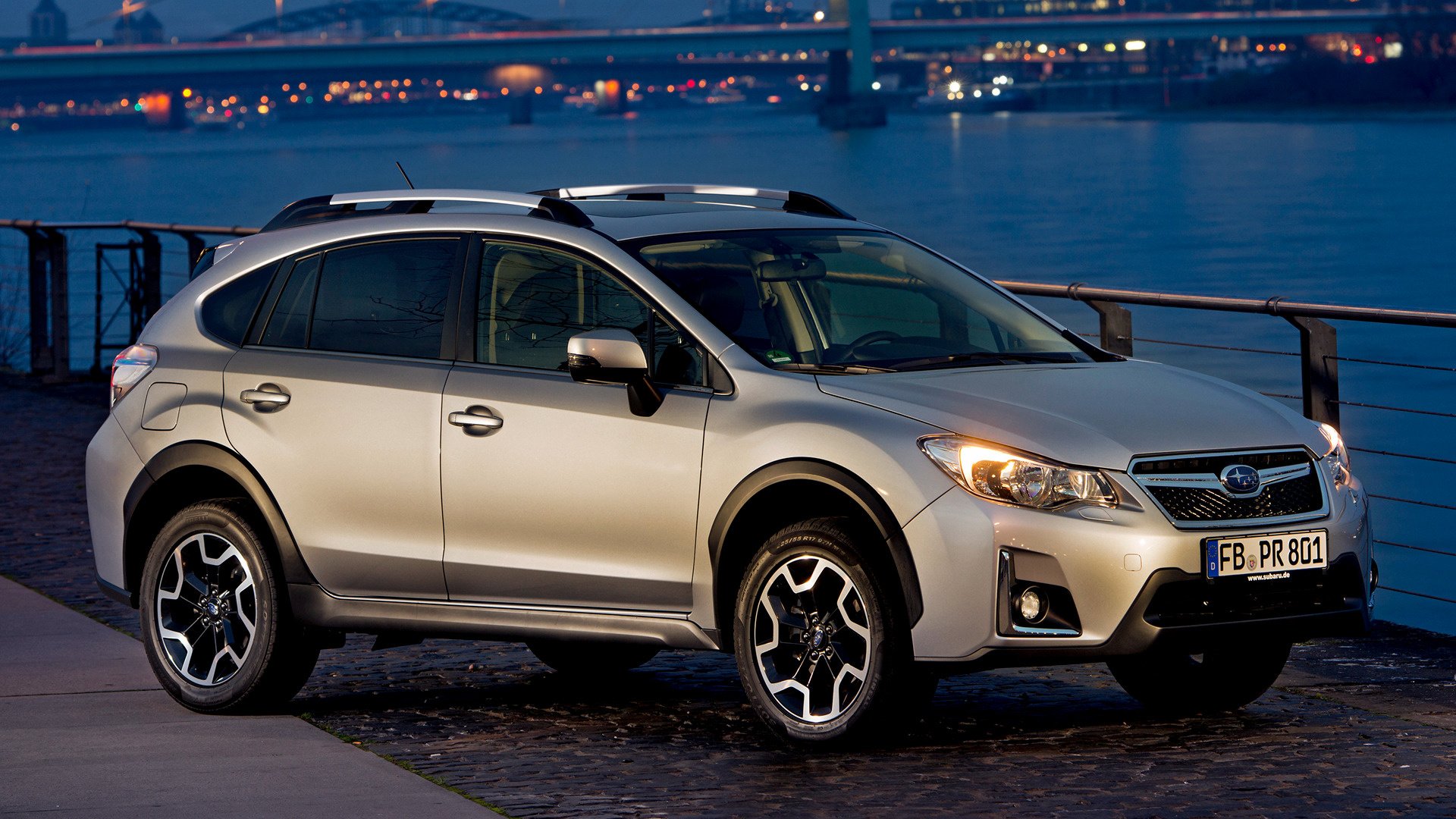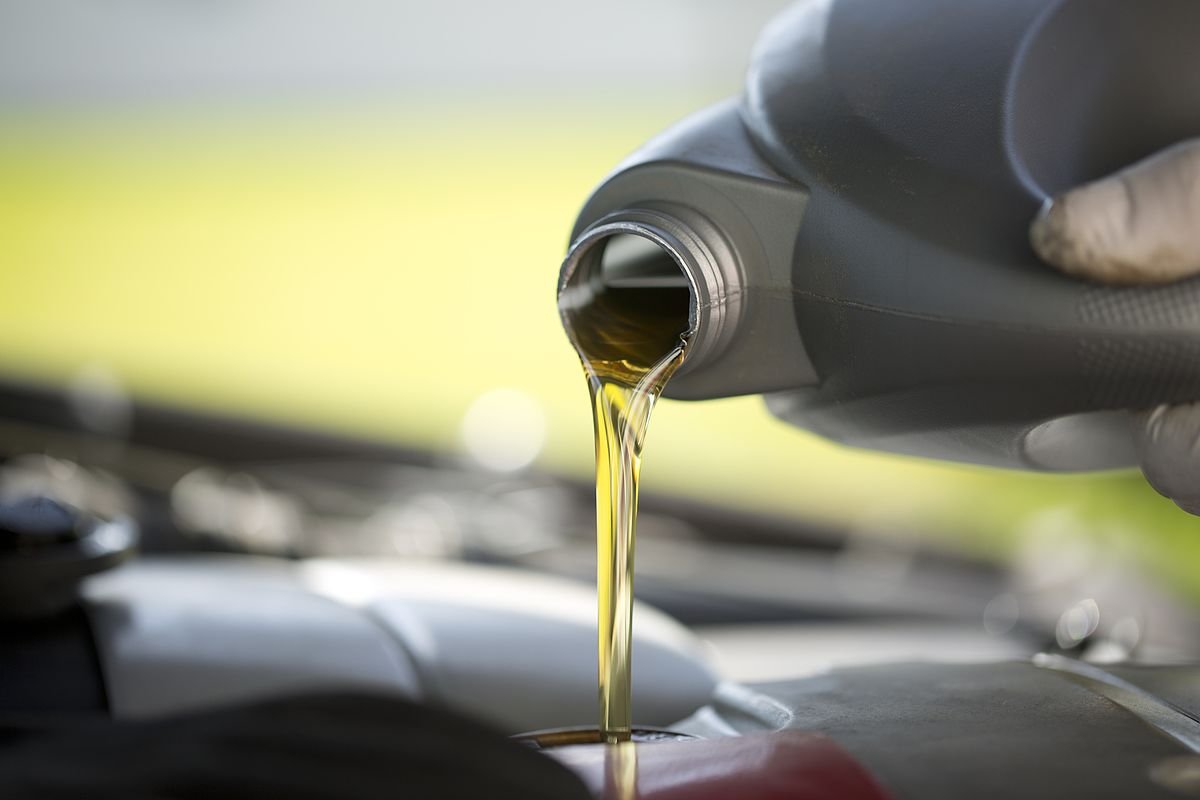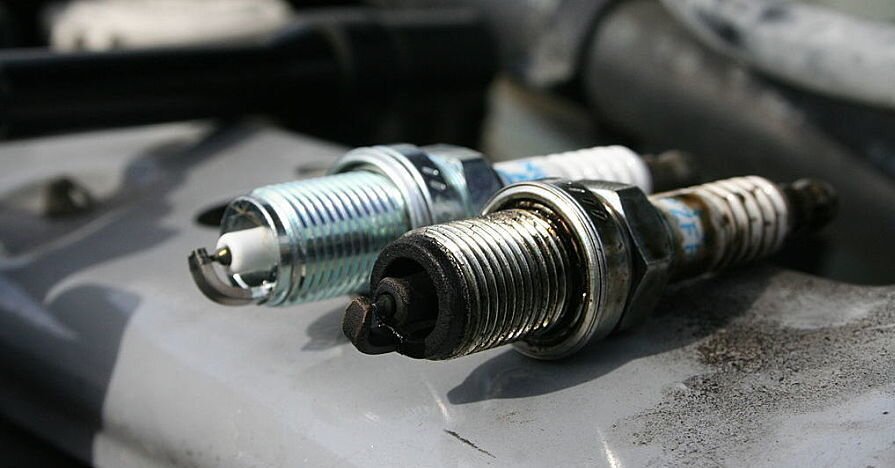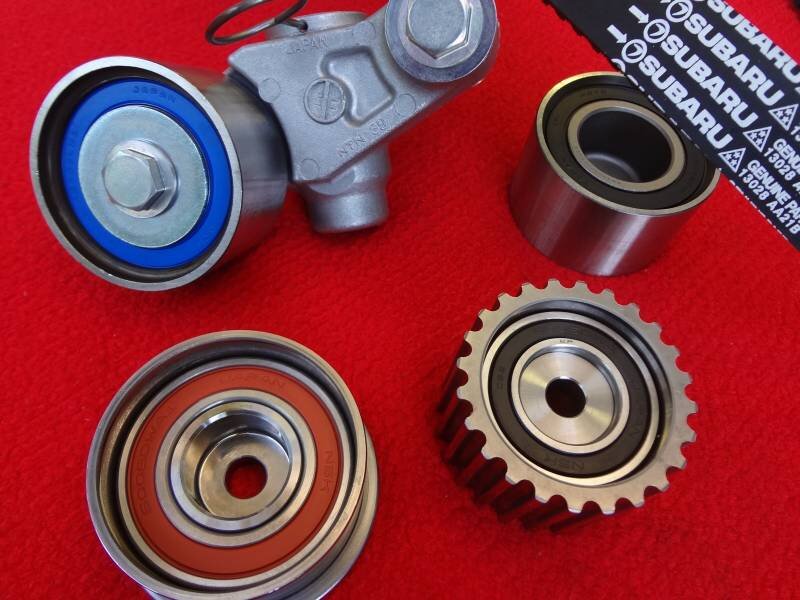Subaru’s Common Issue:
Subaru vehicles are known for their reliability and longevity, but even the most well-maintained cars can experience wear and tear over time. One component that often needs replacement in Subaru vehicles is the lower control arm bushings. In this blog, we'll discuss the importance of replacing lower control arm bushings on a Subaru, and what signs to look out for that indicate it's time for a replacement.
What are lower control arm bushings?
First, let's start with what lower control arm bushings are and what they do. The lower control arm is a critical component of a vehicle's suspension system, and the bushings serve as a buffer between the control arm and the frame. They help to absorb shocks and vibrations while also providing a smooth ride. Over time, the rubber in the bushings can wear down, causing them to crack or even completely fall apart.
Why are they important?
So why is it important to replace lower control arm bushings on a Subaru? One of the primary reasons is safety. When the bushings are worn down, they can no longer effectively absorb shocks and vibrations, which can cause the car to feel unstable or wobbly while driving. This can be particularly dangerous at high speeds or when making quick turns. In addition, worn bushings can also affect a vehicle's alignment, causing uneven tire wear and potentially leading to more serious problems down the line.
Replacing lower control arm bushings on a Subaru can also improve the car's handling and overall driving experience. When the bushings are functioning correctly, they help to keep the suspension system properly aligned, which can improve steering response and cornering ability. This can make for a more comfortable and enjoyable ride, as well as help to prevent damage to other components of the vehicle's suspension system.
Do i need to replace mine?
So how can you tell if it's time to replace the lower control arm bushings on your Subaru? One of the most common signs is a noticeable vibration or shaking while driving, particularly at high speeds. You may also feel a pulling sensation while turning or notice uneven tire wear. Additionally, if you notice that the car's handling feels off or if you hear clunking or banging noises coming from the suspension system, it's a good idea to have the bushings inspected by a qualified mechanic.
Conclusion:
Replacing lower control arm bushings on a Subaru is an important part of maintaining the vehicle's safety and performance. By ensuring that the suspension system is properly aligned and functioning as it should, you can enjoy a smoother, more comfortable ride while also preventing more serious problems from developing down the line. If you suspect that your bushings may need replacement, don't hesitate to contact PM Autoworks to have them inspected by a professional mechanic.
































